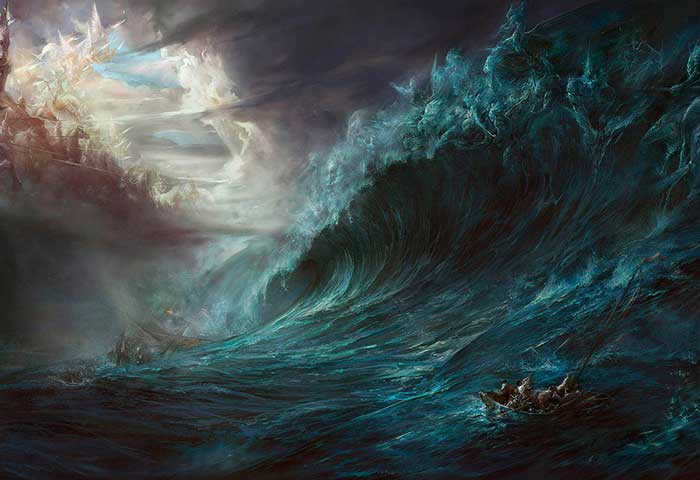[ad_1]
Whilst planning your painting in minute detail may inhibit spontaneity and that sudden burst of creativity, a little forethought can go a long way to helping you create an inspirational painting to be proud of. Forward planning can in fact, enhance your work of art because you then know exactly what it is that you wish to paint, and this enables you to be able to conjure up the image at will.
Firstly, it is important to decide on your subject matter and the medium in which you wish to paint. For this example, we will imagine that it is a landscape painting and that our chosen medium is watercolors. Making these two choices are extremely important as you can then begin to plan exactly what you wish to paint and also, how it is going to look in your minds eye.
As landscape paintings are often painted with a specific scene in mind, how much better will it feel if you have visited the place yourself? This then ensures that the feelings and sensations that you will have absorbed through connecting with your environment will be so much more vivid when translating onto paper.
Remember that paintings evoke emotion from those who stop to gaze, and as you paint, you should be tapping into the emotion from deep within the sensations, emotions and beauty of the scenery must then be transferred onto paper.
By following these basic steps, it is possible to learn to visualize your completed painting and be able to paint instinctively:
1. Capture the essence of the scenery by way of sketching or by taking a photograph initially if you prefer.
2. Make a note of the colours that you wish to use and this means observing natures colours around you, after some practice it is easy to know which colours should be mixed to capture the required shades.
3. Become a part of the environment around you by not just observing, but by listening to the sounds, feeling the breeze if any, on your skin, notice the coloring of the sky or how the sun casts shadows around you. Then notice the mottled colours of the leaves and notice the shades.
4. Take time to consider the best viewpoint so that you would be able to draw the observers eye into the painting.
5. To ensure that you have captured your surroundings to memory, close your eyes and let the image come to mind. Visualize yourself looking at the scenery as if you were looking at the real setting.
Once you are happy that you have absorbed your surroundings and captured them to memory, prepare all of the relevant materials so that you are ready to start painting. Think about all of the relevant layers within the painting, remember that it must be three- dimensional, and it should evoke emotion in those who view it. By considering all of these points, you begin to train your perception of the world around you and take into account how to translate your view of the painting so that it is captured for all to see.
Technique and skill with watercolors come with practice, but taking the time initially to visualize your chosen subject can only help to increase your potential to bring your painting to life.
[ad_2]
Source

